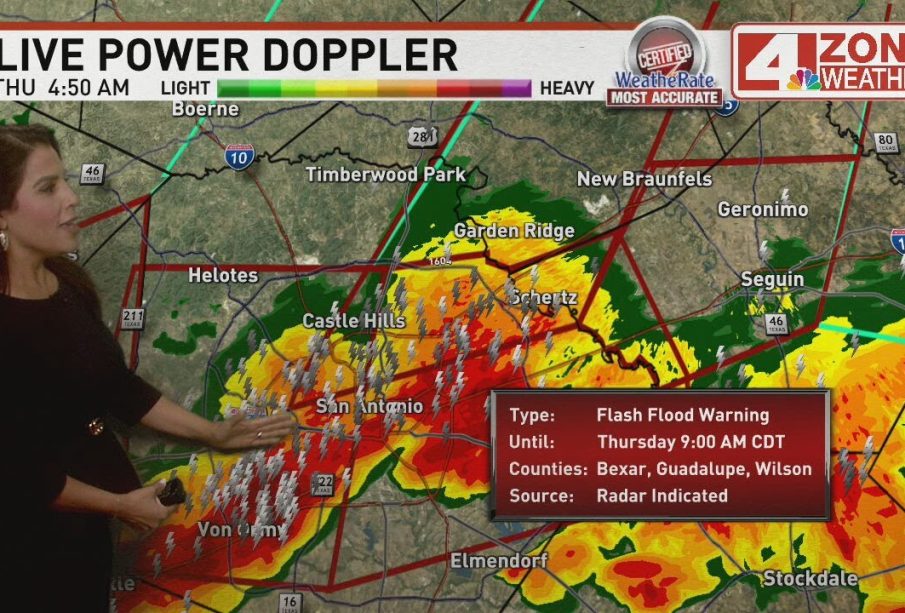Understanding Flash Flood Warnings and Their Importance

Introduction
Flash flood warnings are critical alerts issued by meteorological authorities to inform the public about the risk of rapid flooding in localized areas. This phenomenon can occur with little to no warning, making early alerts essential for ensuring public safety. In Canada, flash floods are often caused by intense rainfall, rapid snowmelt, or a combination of both, leading to significant damage to property and posing risks to life.
Recent Flash Flood Events
In recent weeks, several provinces across Canada have faced flash flood warnings as heavy rainfalls have overwhelmed local drainage systems. For instance, in British Columbia, communities like Abbotsford were placed under flood watch after meteorologists predicted several days of excessive rainfall. Meanwhile, Ontario experienced similar threats, leading to precautionary evacuations in vulnerable areas.
The most recent data from Environment Canada indicates that flooded areas had recorded more than 100mm of rain within 24 hours, prompting warnings across multiple regions. River levels surged dangerously, and emergency services responded swiftly to assist at-risk populations.
Impacts of Flash Floods
Flash floods can rapidly inundate roads, homes, and farmland, leading to catastrophic outcomes. They often result in property damage, loss of livestock, and even casualties. Emergency services find it challenging to respond effectively due to high water levels and the unpredictable nature of flash floods. Local government units are implementing emergency response plans, which include deploying rescue teams and establishing temporary shelters for displaced individuals.
Preparedness and Safety Measures
National agencies urge residents to prepare for flash floods by staying informed about weather updates and understanding local emergency plans. Key safety measures include:
- Always keeping a battery-operated radio handy for updates during storms.
- Creating an emergency kit that includes essential items like food, water, medications, and important documents.
- Knowing the escape routes and evacuation plans for your area.
Conclusion
With climate change leading to more unpredictable weather patterns, the risk of flash floods in Canada is expected to rise. It is crucial for communities to remain vigilant and for individuals to take proactive steps in disaster preparedness. Understanding the implications of flash flood warnings and having a plan can mean the difference between safety and tragedy when severe weather strikes. Staying informed and prepared is not just a personal responsibility; it is a communal one that can collectively safeguard lives.









